Waterville Valley Ski Resort, nestled in the heart of New Hampshire’s White Mountains, has emerged as a key training destination for some of the world’s most elite winter athletes.
Over the past decade, the resort has hosted the U.S. Snowboard Boardercross Team, the Paralympic Boardercross Team, the Snowboard Freestyle Team and the Alpine Women’s Team in preparation for events such as the Audi FIS Ski World Cup Killington. In 2024, training commenced in mid-November, with the resort delivering exceptional facilities and conditions that meet the rigorous demands of top-tier athletes.
“We have 400 vertical feet of skiing at the very top of our mountain. It tops out at just under 4,000 feet of elevation, which is very high for around here. And we’re able to let these athletes get on the snow very early,” said Tim Smith, president and general manager of the resort.
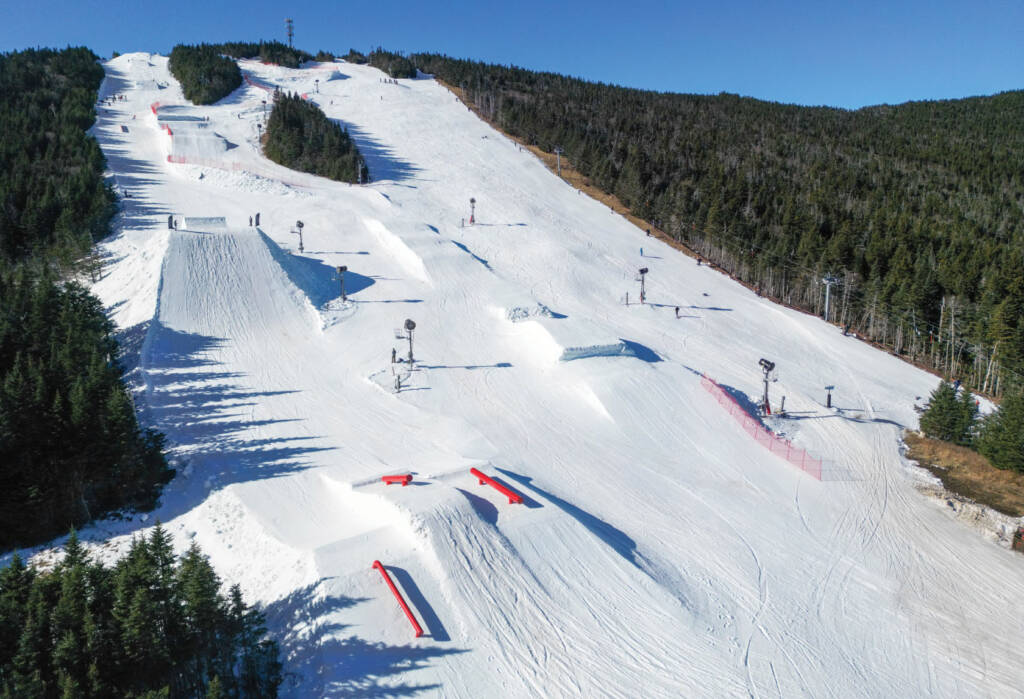
“But we also own hotels, condos, a conference center, we own all the aspects for the athletes…. Everything from the lodging to the lift tickets and everything in between. So, it makes it really easy for them. We’re also only two hours north of Boston, two hours north of Logan with one stoplight.”
This streamlined approach allows teams to focus entirely on their training while saving time and effort, particularly when preparing for international competitions.
“A lot of these teams came in early and then they head right out to Europe. The boardercross guys head out to Europe and then the big air and slopestyle team actually went to China for their first event,” said Jamie Cobbett, Waterville Valley’s marketing director. “Not having to go from Europe, to the States, back to Europe, just makes it easy that they can stay domestically in the U.S. and come to the East Coast, and then fly right out of Boston to go to their next event.”
Transforming high-country terrain into an elite training facility
The idea to transform Waterville’s high-country terrain into a training destination for elite athletes was sparked nearly eight years ago, following a pivotal conversation between Smith and Eric Webster from U.S. Ski and Snowboard.
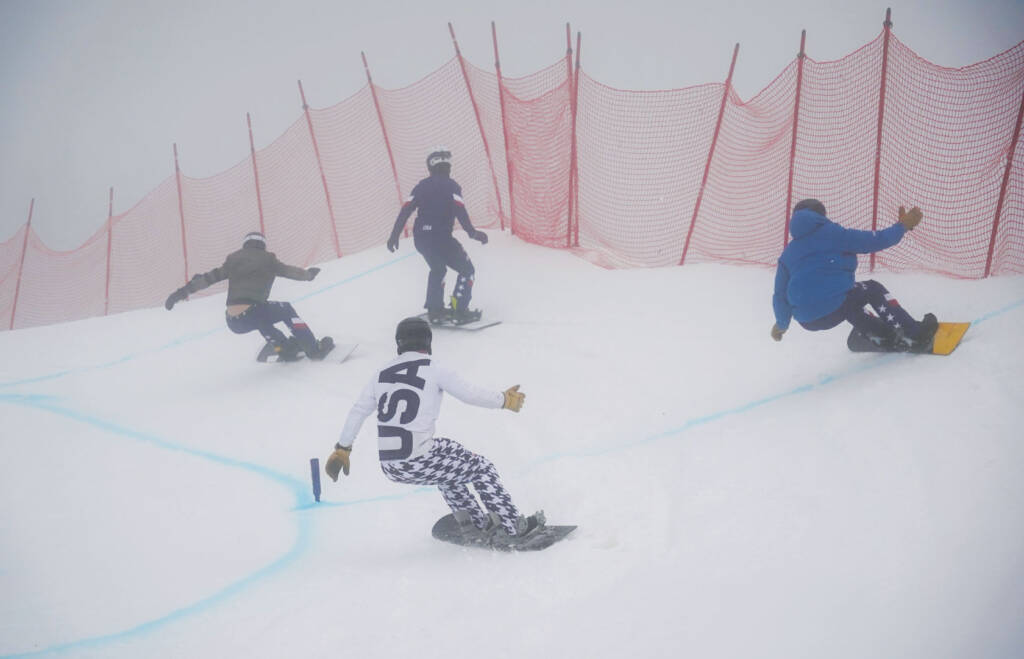
“[Webster] and I were up on high country and we were looking at the old setup. They used to have a chairlift and some old snowmaking up there. And I said, ‘[Webster], I’ve been studying the weather up here and I really think we have an opportunity to do early season training similar to what Copper Mountain does in Colorado,’” Smith said, adding Webster immediately thought about the boardercross teams.
This vision led to significant investments in infrastructure, including a snowmaking system designed in collaboration with industry leaders such as SMI Snow Makers, HKD Snowmakers and Torrent Engineering.
Cutting-edge snowmaking
Waterville Valley’s upgraded snowmaking system stands as a foundation of its training facility’s success. The enhancements include 27 fan gun pedestals, 30 air-water guns and the ability to pump 2,000 gallons of water per minute, enabling the resort to produce an acre-foot of snow in under 24 hours.
“This year we put about 19 million gallons of water up because we had a thaw that we lost about six million gallons of our water that we put up,” Smith said. “We were able to produce enough snow to make our full boardercross course with full bank turns, start sections, rollers and jumps, a 70-foot big air jump for the U.S. Slopestyle Team, four rail pads … and a mogul course … and five lanes of alpine skiing off of an LST T-bar, and 400 vertical feet of skiing.”
Waterville’s legacy of snowboarding innovation and leadership
Waterville Valley has long been a leader in snowboarding culture and innovation. The resort introduced New Hampshire’s first terrain park, known as the Boneyard, in the 1990s, establishing itself as a hub for snowboarding talent and progression.
“I’ve been in the industry in New Hampshire for about 20-plus years at this point. So a lot of these guys, we used to snowboard together and everyone kind of grew up and went out and got real jobs in the ski industry,” said Cobbett.
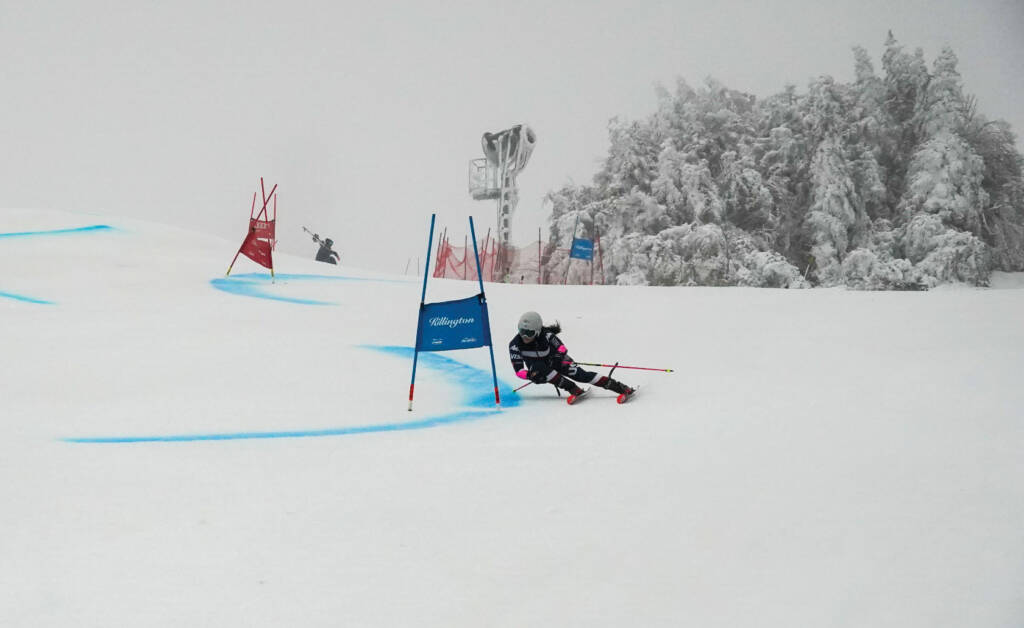
The resort’s relationship with U.S. Ski and Snowboard has only deepened over the years, with Waterville frequently hosting events like the Rev Tour and national competitions. These partnerships laid the groundwork for its evolution into an elite training destination.
“[Webster] has been pivotal in bringing in events and just overall fostering the love of snowboarding in New Hampshire. So, it was kind of a good fit when new ownership came in in 2010. That’s when we really started ramping up our relationship with U.S. Ski and Snowboard,” said Cobbett.
Overcoming challenges in infrastructure and snowmaking power
Developing a world-class training facility on high-country terrain came with notable challenges. Issues with water pressure and power capacity required innovative solutions to meet the resort’s ambitious snowmaking goals. Waterville Valley worked with Torrent Engineering to design a new pump station and get the pressures they would need at the top of the mountain to use modern fan guns and low-energy guns.
“Not having to go from Europe, to the States, back to Europe, just makes it easy that they can stay domestically in the U.S. and come to the East Coast, and then fly right out of Boston to go to their next event.”
Jamie Cobbett, Waterville Valley Ski Resort
“We used to have 200 [pound per square inch] at the top of the mountain. We bumped that up, we can get all the way up to 550 operating pressure at the very, very top. It was designed for 2,000 gallons a minute, but … we can get 2,600 gallons a minute out of it if we bring the pressure down and run over the curve of the pump,” said Smith.
To address power limitations, the resort tapped into its summit infrastructure, already equipped with a high-capacity cell phone site.
“We have a 12-4 [kilovolt-amps], which is a very, very high voltage line that goes all the way to the summit. So, we were able to use some new transformers that we put in to boost our ability to put electrical at the top,” said Smith. “We ran 480 to all of those fans for onboard compressors, onboard fans. And because we had so much power there, we were pretty much unlimited on how many fans we could put in.”
Choosing a T-bar lift for efficient athlete training
A crucial component of the training facility is the LST T-bar lift, chosen for its efficiency and practicality for athletes.
“When you’re working with athletes, the more time they have on snow, actually balancing on snow, the more of a workout they’re getting. So, I really think holding onto a T-bar or rope tow is very beneficial from an athlete perspective, keeping your muscles warm, keeping them engaged, keeping yourself balancing on the snow,” Smith said.
In addition, the T-bar can go 600 feet per minute, taking athletes only two and a half minutes to get to the top of the mountain. The T-bar also takes a small footprint, compared to lifts that need big towers and stations.
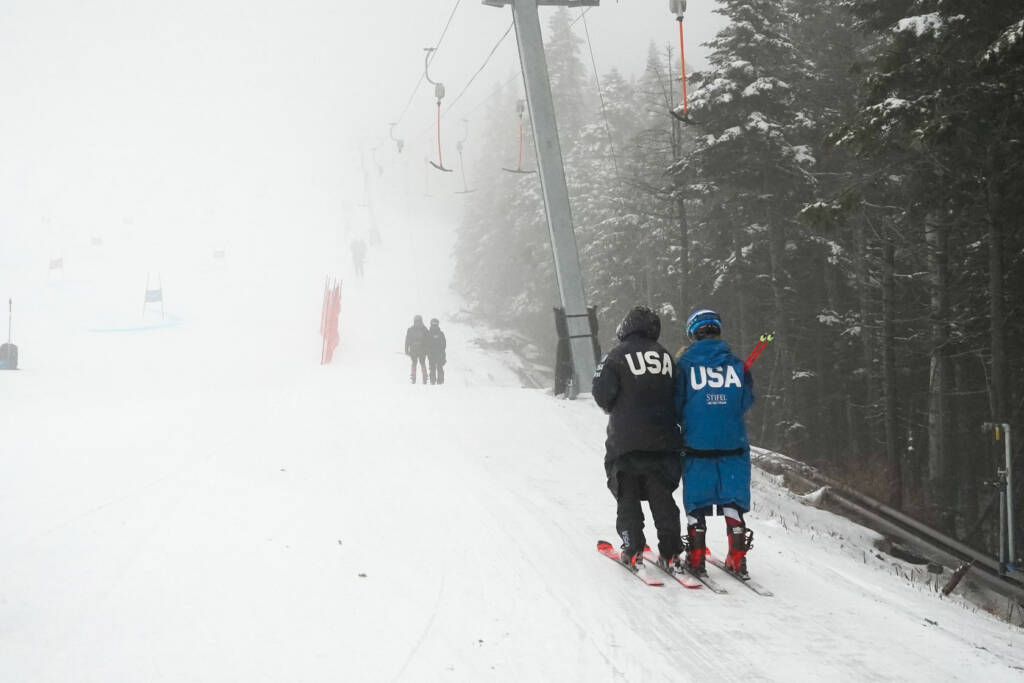
Supporting local ski clubs while hosting world-class teams
Although the facility has gained international recognition, its primary mission remains supporting local ski clubs and academies such as the Black and Blue Trail Smashers (BBTS) and the Waterville Valley Academy.
“We saw that our local academy, BBTS, were going out to Colorado, Copper Mountain, to train. It was the only place in North America that you could train with gates and have that level of training. So they’d spend thousands upon thousands of dollars to travel there, get the lift tickets, have very limited space on the hill. Or they would go to Europe and they would train at some of the glaciers, which is great,” Smith said. “Both are great, but they’re very expensive and long distance. It doesn’t really give the local athlete a chance to get their skis under them and train, and so it becomes more of an affluent sport.”
The idea of building the state-of-the-art infrastructure for snow athletes was that it would attract athletes from Harvard, Bates, New Hampton, Holderness, and ski clubs such as Franconia Ski Club and Bloom Mountain Ski Club. Smith says he is surprised with the results.
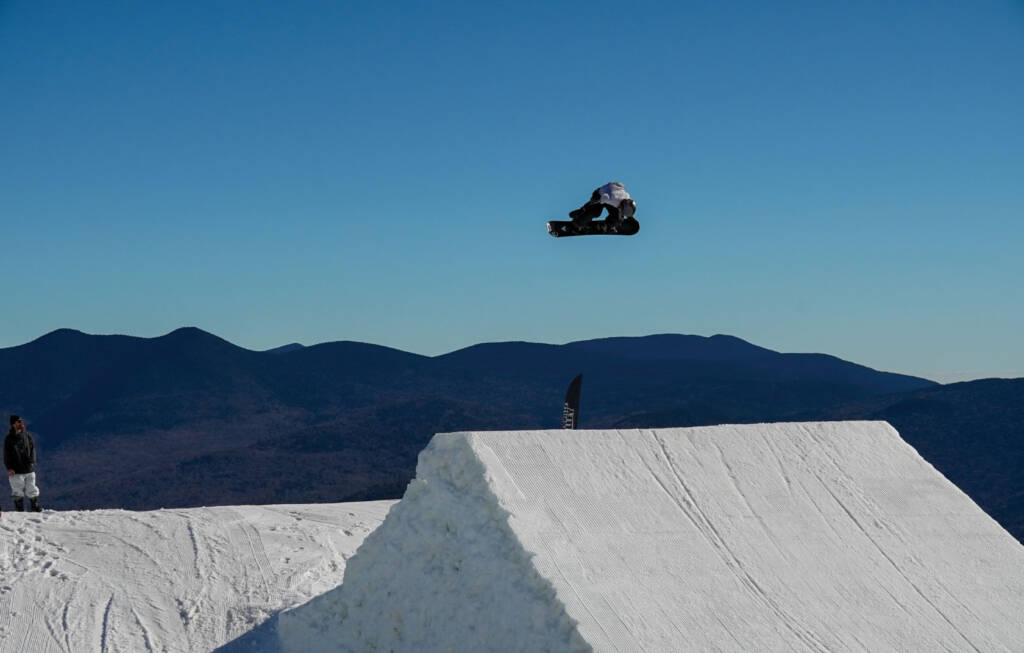
“I really expected them to just take their ski clubs and drive over for the day, pay the lane space, pay the lift ticket and go back home that night. I did not expect what we’re now seeing. That’s teams driving over, spending the entire week here, renting a hotel room and doing what they would be doing in Colorado. Now they’re just coming to Waterville instead.”
Waterville’s future
Waterville Valley’s future combines innovation, sustainability and enhancing their guest experience. One of its projects is the development of a gondola system that will connect the village center to the mountain. Created in partnership with the White Mountain National Forest, the gondola will eliminate the need for vehicles or buses.
“It will really have that beautiful European feel where you come directly out of the village up into the ski resort,” Smith said.
The resort is also investing in its snowmaking and grooming capabilities. Waterville exclusively uses Prinoth’s snowcats, including their winch and park models, to create and maintain high-quality terrain for both the public and professional athletes. Smith says this collaboration is particularly critical during major events like the Freestyle World Cup.
Prinoth’s role goes beyond providing equipment. The company collaborates with top professionals, such as Charles Beckinsale, to mentor Waterville’s team in building and maintaining Olympic-level features.
“[Beckinsale] is the ambassador for Prinoth,” Smith shared. “He and I worked together with Prinoth to showcase all the work done with Prinoth snowcats…. They’ve been extremely helpful in all these crazy ideas I come up with.”
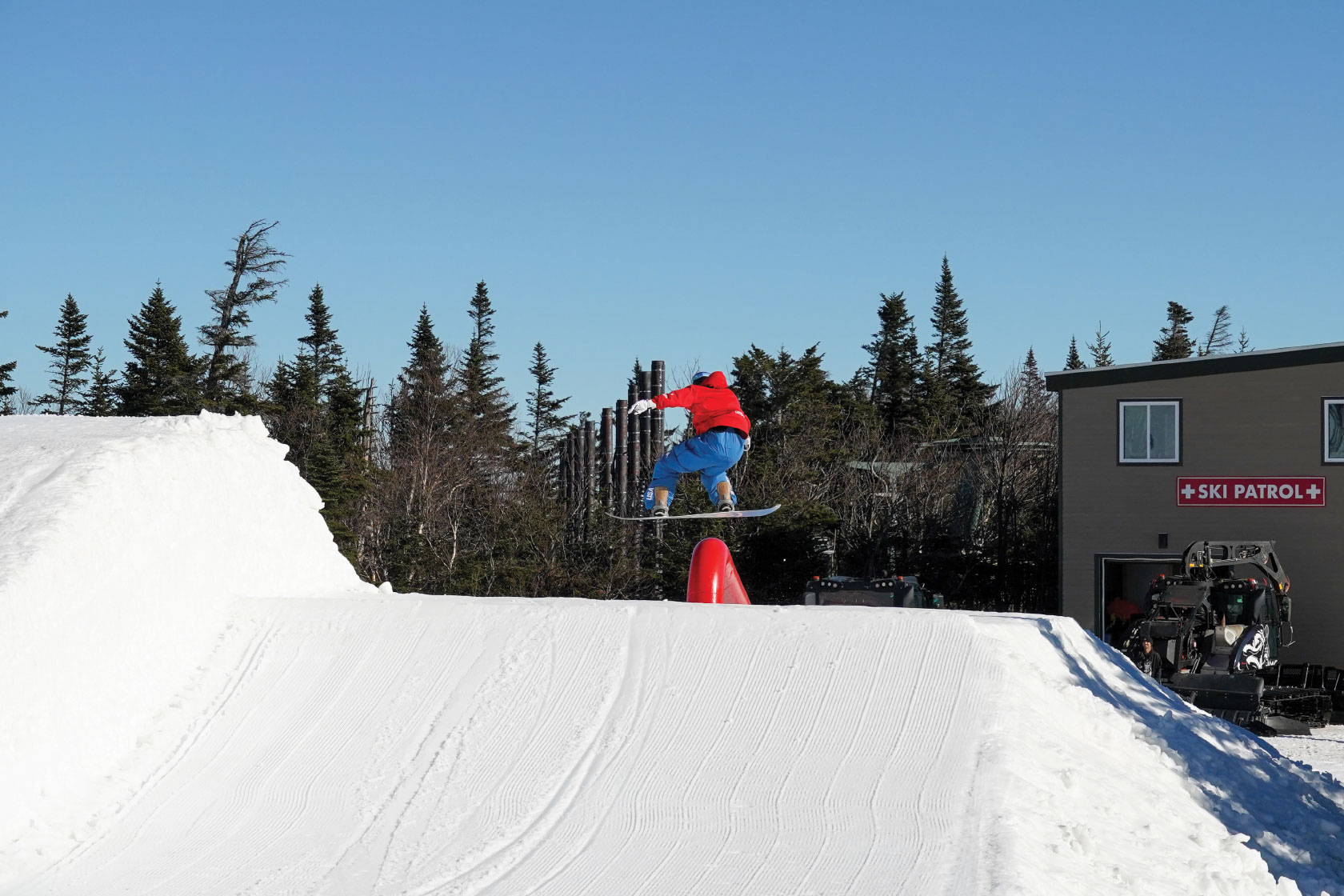
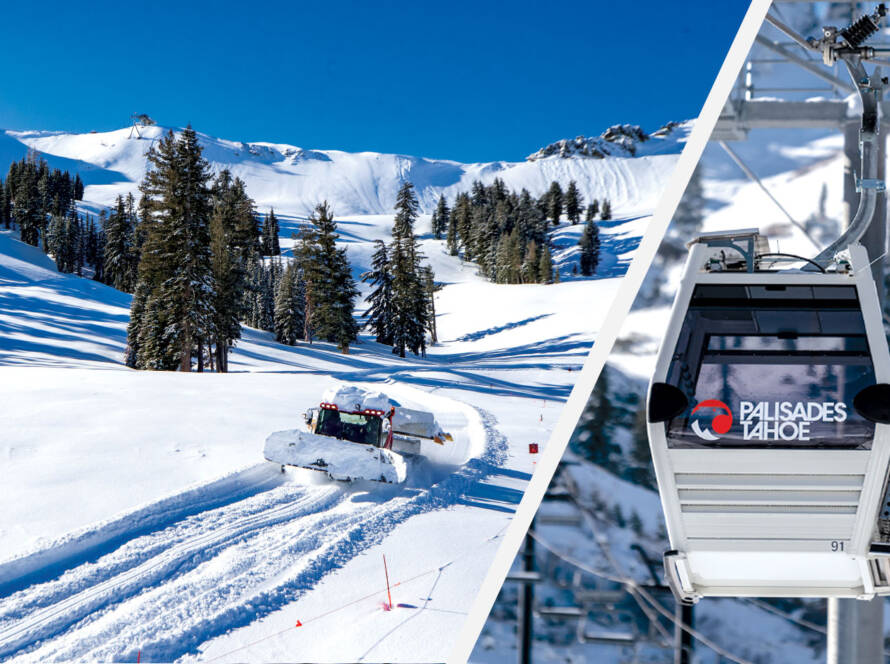
![[image placeholder]](https://www.snowopsmag.com/wp-content/uploads/2023/09/placeholder@2x-890x664.png)